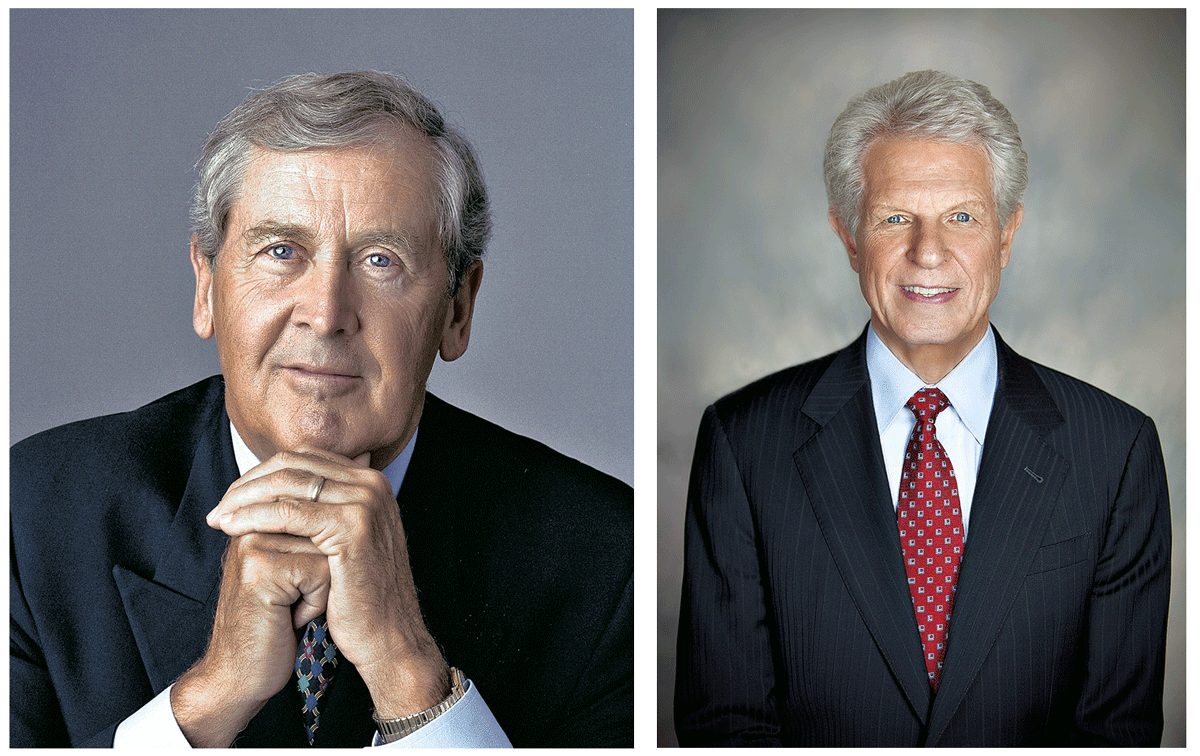Marketers like to look into the future, but it often makes sense to also look into the past of a brand and try to identify forgotten associations that have helped the brand succeed. What type of associations should you be looking for? Well, it really depends on the task and the brand. But this can be anything from reconnecting with the original intent or vision of the founders of the brand, understanding what factors have helped the brand grow throughout its history, what forgotten brand assets can be revived and modernized to help the brand stand out.
KFC for example decided to bring the Colonel back a few years ago after 20 years of absence in a more contemporary and iconic version after the company “hit rock bottom” according to then President Kevin Hochman. But “It wasn’t just about bringing back the Colonel for marketing purposes, Hochman said, but bringing KFC founder Harland Sanders’ focus on quality back as well, and “not taking shortcuts”. This re-focus on Colonel Sanders obsession with quality (“no taking shortcuts”), and the revival of him as a brand asset allowed KFC’s to have six consecutive years of same-store sales growth as well as become part of (pop)culture.
Another example would be Hershey’s chocolate reaffirming its association as the brand of choice when making smores around campfires with your family and friends, something you could argue was already part of American culture (Hershey’s is already seen as the brand of choice when making smores) but never claimed by the brand so explicitly. And this association you could argue gained renewed relevance in a world where people crave more and more human connections (especially during Covid lock downs).
Five Thought Starters
1. If you have the opportunity, go through the brand’s archives to understand why the brand was created in the first place and remember what values and vision the founder(s) embrace and lived by.
2. Talk to long time employees about the company, its value and how it has evolved over time. Ask them what was different then versus now. Ask them to share their own stories about the company or the founder.
3. Look at the brand’s sales history and identify those years where the brand was particularly successful and try to understand why?
4. Look at the brand’s advertising and design history and try to identify those assets that were particularly successful for the brand and then try to understand why?
5. Talk to long time consumers or older consumers about the brand and try to identify what relevant meaning they associate with the brand. Ask them to share their own stories on how the brand fit into their lives.
Contributed to Branding Strategy Insider by: Ulli Appelbaum, excerpted from his book The Brand Positioning Workbook
The Blake Project Can Help You Differentiate Your Brand In The Brand Positioning Workshop
Branding Strategy Insider is a service of The Blake Project: A strategic brand consultancy specializing in Brand Research, Brand Strategy, Brand Growth and Brand Education




